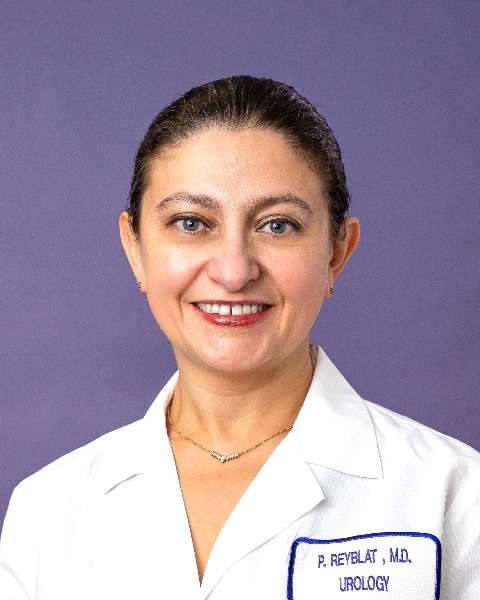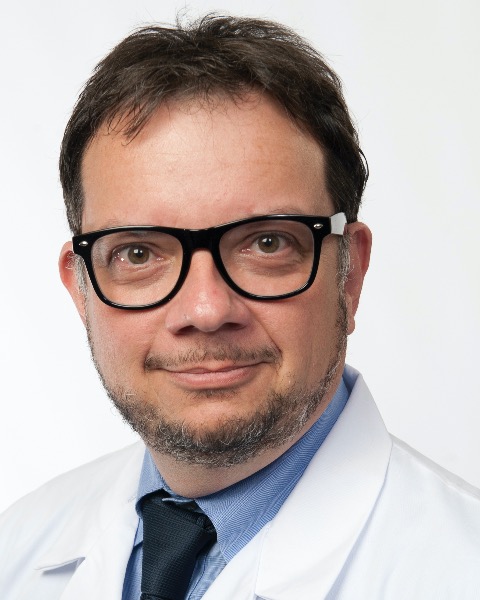Transgender
045IC - What the General Urologist Should Know about Care of Transgender Patients
-
DN
Dmitriy Nikolavsky, MD (he/him/his)
Professor
SUNY Upstate Medical University -

Polina Reyblat, MD
Professor
Kaiser Permanente, Los Angeles Medical Center -
RS
Richard Santucci, MD (he/him/his)
Crane Center for Transgender Surgery
-

Ervin Kocjancic, MD (he/him/his)
Professor of Urology
University of Chicago
Instructional Course Director(s)
Instructional Course Faculty(s)
Course Description: Transgender individuals are becoming more prevalent in society. There are an estimated 1,400,000 individuals in the U.S. with gender dysphoria. Many of these patients will undergo medical and surgical transformation. Transgender patients at various stages of their transformation will present to urological clinics for care. It is important for urologists to understand the transition process and the unique components of caring for transgender patients. Patients may present to a general urologists requesting a simple (early) orchiectomy; what is the safe way to perform this procedure without a fear of compromising scrotal skin for future vaginoplasty?
Hormonally related conditions from the natal sex may still be present. For example, male-to-female patients are still at risk for prostate cancer and benign prostatic hyperplasia even after gender confirmation surgery. The types of gender-affirmation surgery will be discussed, along with management of common complications (i.e., urethral stricture, fistula, neo-vaginal stenosis) and appropriate follow-up after surgery.
Learning Objectives:
- Describe the process of transition, including the medical and surgical steps, and gaining familiarity with altered genitourinary anatomy in transgender men and transgender women.
- Demonstrate the risks of malignancies and thromboembolic events after hormonal therapy.
- Identify the short- and long-term risks of gender-affirmation surgery.
- Recognize and evaluate most common genitourinary complications of gender-affirmation surgery.
- Identify changes in anatomy in transgender patients to provide appropriate long-term urological care.
